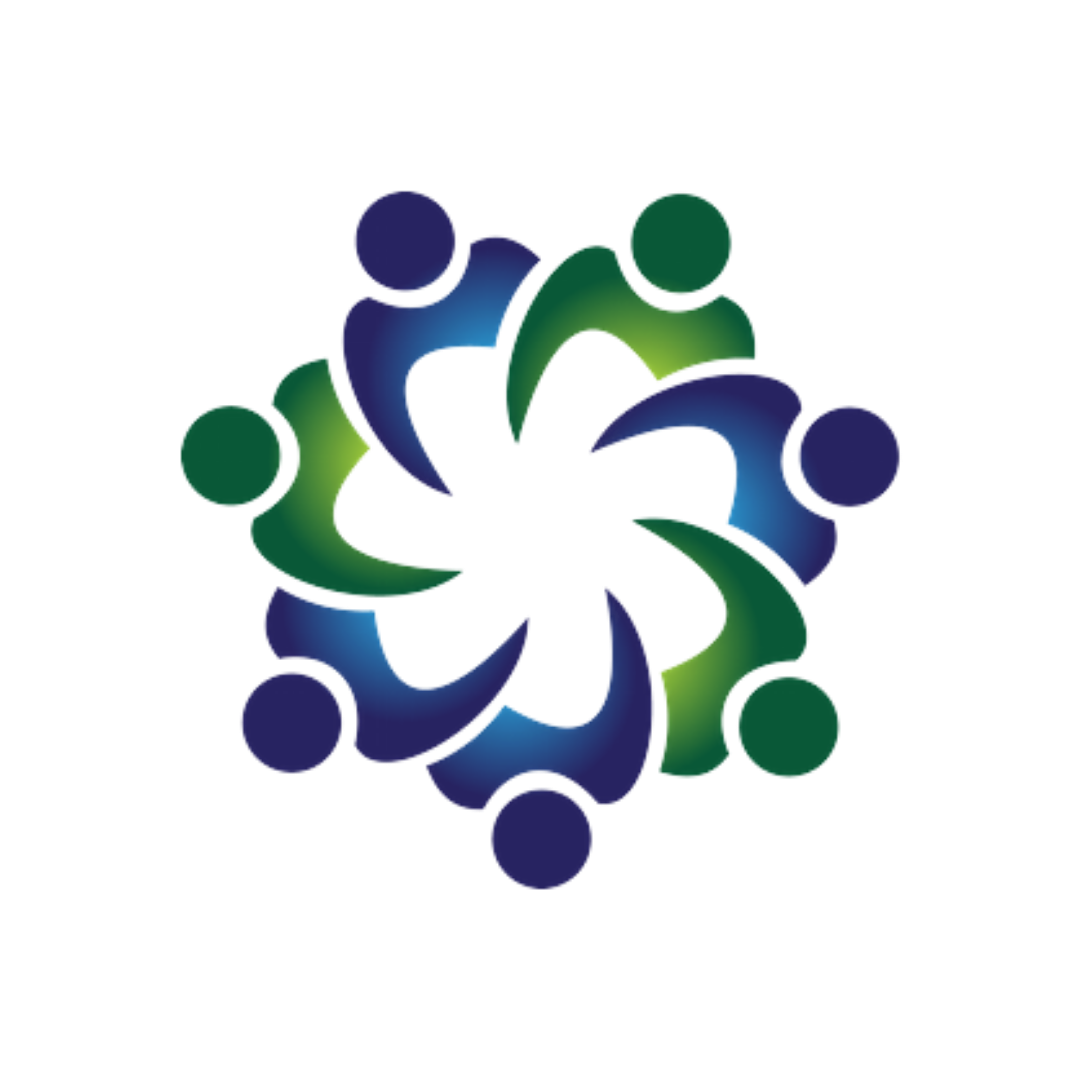Persistent pain can have many causes or no cause at all! Learn more about persistent pain and conditions.
Learn about Persistent Pain Conditions and Services to Best Support You
-

Arthritis
1 in 6 Australians have arthritis. The word arthritis describes pain, swelling and stiffness in a joint or joints. Symptoms include: Pain & stiffness, Difficulty moving the joint, Swelling and tenderness, Muscle aches and pains, Fatigue and feeling generally unwell.
-

Adenomyosis
Adenomyosis is a condition of the uterus (womb) where cells similar to the lining on the inside of the uterus are also present in the muscle wall of the uterus. The person experiencing this condition suffers numerous microscopic bleeds in the muscle, during the menstrual phase of their cycle. Symptoms include: Pain, Heavy menstrual bleeding, Referred pain to the back & down the legs, Feelings of fatigue, Pain with intercourse (dyspareunia), Recurrent Miscarriage
-

Back Pain
Most back pain is acute and only lasts a few weeks. However, if it the pain continues beyond 3 months, it is known as persistent back pain. Symptoms include: Pain or stiffness in the back, Limited movement, Pain may spread to your buttocks and/or feet, Pins and needles or numbness may also be experienced in one of your legs or feet, Back pain can affect physical health, emotional wellbeing, the ability to work and people's relationships.
-

Myalgic Encephalomyelitis / Chronic Fatigue Syndrome
ME/CFS affects men, women and children of all ages, ethnicities, and socioeconomic backgrounds. Symptoms include: Persistent & profound fatigue is just one symptom. A central symptom of ME/CFS is post-exertional malaise (PEM), this means that symptoms get worse after physical or mental activity, Profound pain, gastrointestinal problems such as nausea, abdominal pain, bloating and irritable bowel syndrome, cognitive difficulties, such as confusion, or problems with concentration or memory & many more symptoms!
-

CRPS
Complex Regional Pain Syndrome is a debilitating condition that is characterised by continuous pain, that begins in one region of the body and usually has a distal predominance of sensory, motor, autonomic, skin and bone abnormalities in the affected region.
There is no simple cure or single recommended treatment for CRPS. Pain and symptoms are managed by a team of multidisciplinary specialists. It is important to choose treatment options that are most likely to give you the most benefit with the least risk and cost. Treatment options can include: Graded rehab and movement of the limb with physiotherapists and occupational therapists, psychological support and pharmacologic therapy.
-

Endometriosis
1 in 10 people live with endometriosis. Endometriosis is a disease where tissue, similar to that which normally lines the uterus, grows in other parts of the body. That tissue, regardless of where it is, follows the menstrual cycle and bleeds. That bleeding can lead to inflammation in the part of the body where the tissue is growing. This can lead to scar tissue forming, cysts and/or adhesions.
Symptoms include: painful periods, heavy bleeding, pain during or after a bowel motion, backache, lower abdominal cramping, migraines, recurrent miscarriages. If you live with period pain which cannot be managed with simple heat pack or ibuprofen, speak to your Doctor.
-

Fibromyalgia
It is not known what causes fibromyalgia and it can be difficult to diagnose. It can be more common in people who have:
-Inflammatory arthritis
-An illness such as a virus
-Pain from an injury or trauma
-Emotional stress and depression.
Symptoms include: pain (aching, stiffness and tiredness of muscles), pain is often worse after rest or after activity, poor sleep, extreme fatigue, irritable bowels, problems with concentration and memory.
Unlike other types of arthritis, those with fibromyalgia tend to not experience any inflammation or damage to the painful areas.
-

Headache
The symptoms of a headache depend on the type of headache. In an effort to determine the best course of treatment, health professionals will try and identify if the headache is primary or if it is secondary to an existing illness or injury. They will need to know the following:
When did the headache begin?
Was the onset gradual? Sudden? Something else?
How often do you experience headaches?
Describe the severity and quality of the pain.
What are the symptoms you feel before, during and after the headache?
-

Migraine
Migraine affects over 3 million Australians, it affects women more often than men due to hormonal factors and its prevalence increases with age, from the first to fourth decade of life.
-

Musculoskeletal pain
Musculoskeletal pain is an umbrella term that encompasses 150 different conditions such as arthritis, back pain, gout, bursitis, lupus, fibromyalgia and more.
-

Nerve pain/neuropathic pain
Neuropathic pain is pain associated with injury, dysfunction or disease of the nerve tissue that is responsible for transferring messages between the brain and spinal cord from the skin, muscles and other parts of the body. It is often described as pain that is burning, shooting, stabbing, prickling, or electric shock like pain. It can also present as hypersensitivity to touch, movement, hot and cold and pressure.
-

Persistent Pain
Chronic pain is pain that persists beyond the typical healing period of about 3 months, and unlike acute pain, serves no beneficial function. i.e. the pain is not serving as an alarm system to warn about a problem, it is the problem.
-

Phantom pain
Phantom pain can occur in the weeks following trauma or amputation of the limb, it can reduce over time and may return on occasional (such as when you are unwell, over tired, the prosthesis not fitting well, issues with the stump or if you are feeling stressed). It can also occur with the elimination of other body parts such as breast or tongue.
-

Sciatica
Sciatica is nerve pain that results in pain radiating from the buttock, down the back of the leg. It can be felt as pain, tingling, weakness and/or numbness. The sciatic nerve starts in the lower spine & travels through the hip, buttock & down the back of the leg to the foot.
-

Osteoarthritis
Osteoarthritis (OA) is a type of arthritis that affects joints, including cartilage (the rubbery tissue that covers the ends of bones), joint linings, ligaments and muscles. Osteoarthritis most commonly affects the knee joint, followed by the hip, and then other joints such as the small joints of the hands, big toe and the spine.

